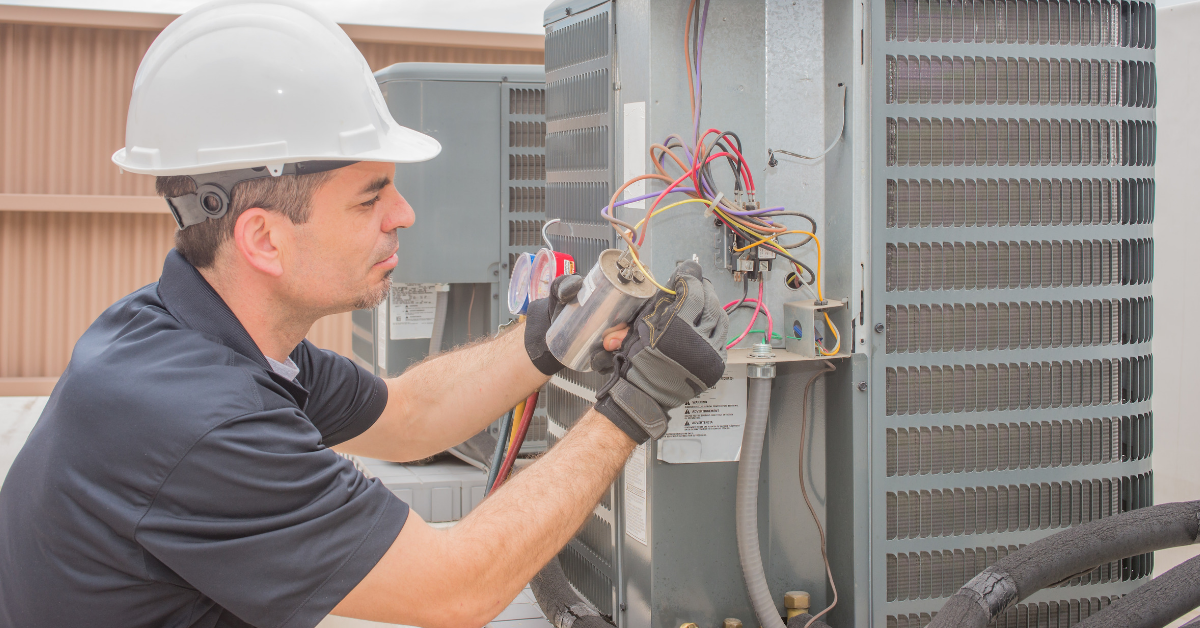
Problems in the functionality of your machine can lead to reduced performance and efficiency and, if left undetected for too long, can even cause health issues.
In most cases, the causes of these malfunctions are relatively simple issues. But for those untrained in HVAC maintenance, they are not always easy to spot. If your unit has been showing signs of water damage or fails to ventilate certain areas of your property, then it could be worth investigating a little further before calling for a replacement. More often than not, there is a simple solution to the problem and your HVAC system will be back to its working best in no time at all.
Restricted Or Poor Quality Airflow
Many HVAC users complain that they aren’t receiving adequate ventilation in all areas of their property. If you are experiencing a restriction in airflow, then it could be due to a couple of reasons. One of the most common is clogged air filters. Air filters are designed to trap and collect dust particles and pollutants from your HVAC unit. But once they become overloaded they can limit the amount of air that passes through them, causing the drop in airflow. In order to avoid this issue, filters should be switched out routinely every month.
If the airflow isn’t increased after the filter has been changed, then the problem may have affected internal components too. Evaporator coils that receive insufficient ventilation tend to freeze up and stop working properly. If this problem persists, then the entire unit can suffer. Replacing the filters and defrosting the coil is often the only way to solve this issue.
Water Damage And Leaking Ducts
Often building maintenance teams will be called in to deal with overflowing ducts and drain pans. The drain pan is designed to deal with surplus water, but can quickly become overwhelmed if humidity levels are rapidly increased. In most scenarios, this is caused by the melting ice from frozen component parts. When your HVAC system is shut down during periods of inactivity, the ice melts and begins to flow out of the unit.
If this process is allowed to continue then the overflowing water can begin to affect the surrounding walls or ceiling. By the time any signs of water damage occur on the outside, the situation can already be beyond control. To prevent this from happening, you need to do maintenance checks of your HVAC unit every few months. If there appears to be excess water in the system or signs of disconnected ducts then call in a building maintenance team for repairs.
System Is Failing To Cool The Property
This is another common complaint with a simple solution. In warmer months of the year, when your air conditioning is running at full blast, you may notice that it’s no longer cooling the air inside it. More often than not, the root cause of this problem is low refrigerant. The refrigerant is the substance that draws the heat from the air as it passes through the HVAC unit. Without it the air conditioner cannot do its job and will simply expel the same warm air it takes in.
Running diagnostics will let you know whether your refrigerant is in need of a top up. However, refrigerant doesn’t run dry of its own accord, so if you’ve lost any then it’s probably due to a leak. A building maintenance company can check for these leaks and ensure your AC doesn’t continue to run below par.
Heat Pump Continues To Run All The Time
While extreme conditions might force your heat pump into running continuously, if it’s mild outside, then it could indicate a problem with the component itself. In most cases, the heat pump can be fixed by removing external influences such as ice or insulating the outdoor unit. But in certain circumstances, you may need to enlist professional help to solve the issue.
If the HVAC unit is old, then it may just be a case of cleaning and servicing the heat pump in order to optimize its performance. Alternatively, heat could be escaping the system through poorly maintained or oversized ducts. Inefficient construction like this will force your heat pump to run for longer in order to reach your desired temperature. To solve this problem, you will either need to seal any gaps in the unit’s ductwork or consider replacing it completely.
Article Source: brighthubengineering
Post time: Jan-17-2020







